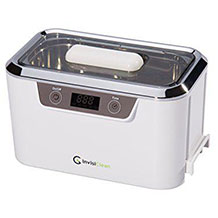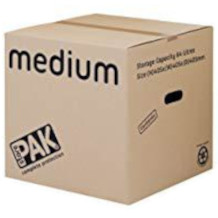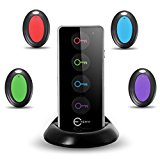LED torch purchasing advice: how to choose the right product
- What You Need to Know
- LED torches are characterised by a long service life and unbeatable light output.
- For outdoor fans and adventure holidaymakers, higher-quality torches with safety functions and a high water protection class are ideal.
- Mini LED torches are ideal for on the go, as a night light or headlamp for jogging or cycling.
- If you are often in the forest at night, you should choose a red or green colour mode for the LED torch so as not to irritate game.
Reliable light sources for every situation
Since its invention in 1899, the torch has secured a permanent place in many households and vehicles. No wonder: the practical helper provides light even in the most hidden corners and thus ensures the best visibility when searching for objects, doing DIY work, stowing boxes in the cellar or attic or checking electricity boxes. Even if you are out and about in the dark, for example when walking the dog or on the way home from work, you will walk more safely with a torch.
LED – long-lasting, powerful, energy-saving
In the mid-2000s, the light-emitting diode (LED for short) made its way into our everyday lives and, thanks to its incomparable longevity of 50,000 to 100,000 hours, has since largely displaced other light sources such as the conventional light bulb from the market. With a light range of more than 100 metres and a light output that is up to four times higher than that of conventional incandescent lamps, it reliably provides visibility even during night walks on uneven terrain such as in the forest.
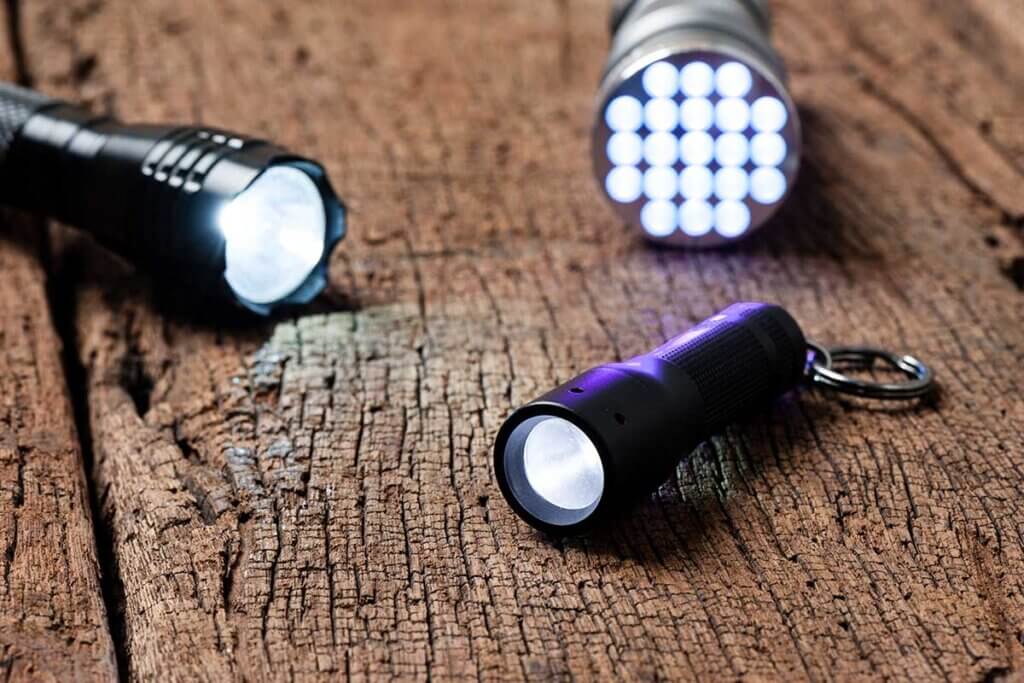
Torches with LEDs are particularly reliable. In addition to their long service life, LEDs are also considered very energy-efficient – a clear advantage over smartphone torches. For comparison: the fully charged battery of an LED torch lasts about six times longer than the bulb of an ordinary torch. Some LED torches run for up to 80 hours on a single battery charge. So you can keep them in the glove compartment, at the cellar entrance or next to the dog leash for a while and have them quickly at hand when needed.
How do LED torches work?
A diode allows current to flow in one direction while blocking current flow in the other direction. In a light-emitting diode, light is emitted during this process. The wavelength of the light is determined by the semiconductor material and the doping of the diode. The semiconductor crystal is often soldered to the bottom of a cone-shaped depression, which in turn serves as a reflector for the emitted light.
What matters when buying an LED torch
As diverse as the applications of LED torches are, they also come in many different shapes and colours. That’s why it’s important to know what the torch will be used for before you buy it. Careful consideration is also worthwhile because the price range is wide. For professional devices, you have to dig deeper into your pocket: High-quality models cost up to 300 euros. For everyday use, on the other hand, simple versions are suitable and are available for as little as 20 euros. The differences are particularly noticeable in features such as luminous range or luminous duration. However, there are a number of other criteria that play a role when buying an LED torch.
Size
Roughly speaking, LED torches can be divided into three size categories: Mini torches, medium torches and wand torches.
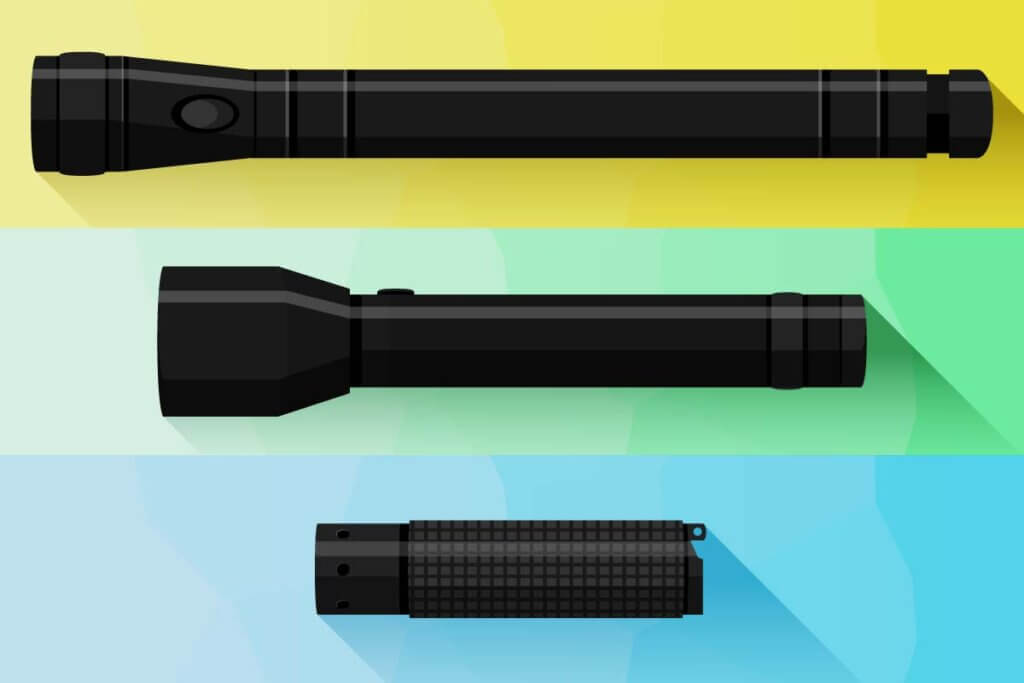
Mini torches
The small light sources are not only particularly light and compact, but also available in a wide variety of formats. Whether as a headlamp or key ring – they can be conveniently taken anywhere and help, for example, to find the keyhole in the dark. Most versions have a loop with which they can be attached to a pocket, belt or backpack. Mini torches are even suitable as night lights – for reading under the covers, for example.
Medium-sized torches
As a compromise between stick and mini torches, normal torches provide reliable brightness. They are compact enough to be stored in the glove compartment or drawer at home or in the office.
Stick torches
Stick torches are heavier and larger than normal torches. Their luminosity is very high, which means that they can illuminate large areas. This makes torches especially interesting for security and rescue services or the military. But hunters, anglers and mountaineers also benefit from the power. Due to their high weight, torches can even be used as weapons in an emergency.
Light output
The light output describes the brightness that an LED torch can achieve. It is expressed in lumens and ranges from 20 to several thousand lumens. For household use, about 20 lumens are sufficient, while LED torches that are mainly used in forests or in the mountains should have about 150 lumens. Very powerful torches – usually stick torches – are sometimes called high-power models. However, it is not only the light output that plays a role in brightness; the energy output also influences the brightness that can be achieved.
Maximum luminous range
The light range indicates how far the light beam of the lamp reaches. Cheaper torches shine less far and are particularly suitable for household use. However, if you are looking for an LED torch for night hiking, you should look for a long luminous range so that the hiking trail is illuminated for several hundred metres.
Light duration
The choice of burn time should depend on the purpose of the LED torch. If the torch is primarily needed for household use or for walking the dog, a light duration of a few hours is sufficient. For longer trips, the torch should have a correspondingly longer burn time. High-quality models can last up to 80 hours before the battery needs to be changed or recharged.
Light focus
The light focus of an LED torch refers to the sharpness of the light beam and depends on the light output of the device. Higher-quality models have a comparatively high light output and thus a sharp light cone. With these, for example, it is easier to see the way when walking at night.
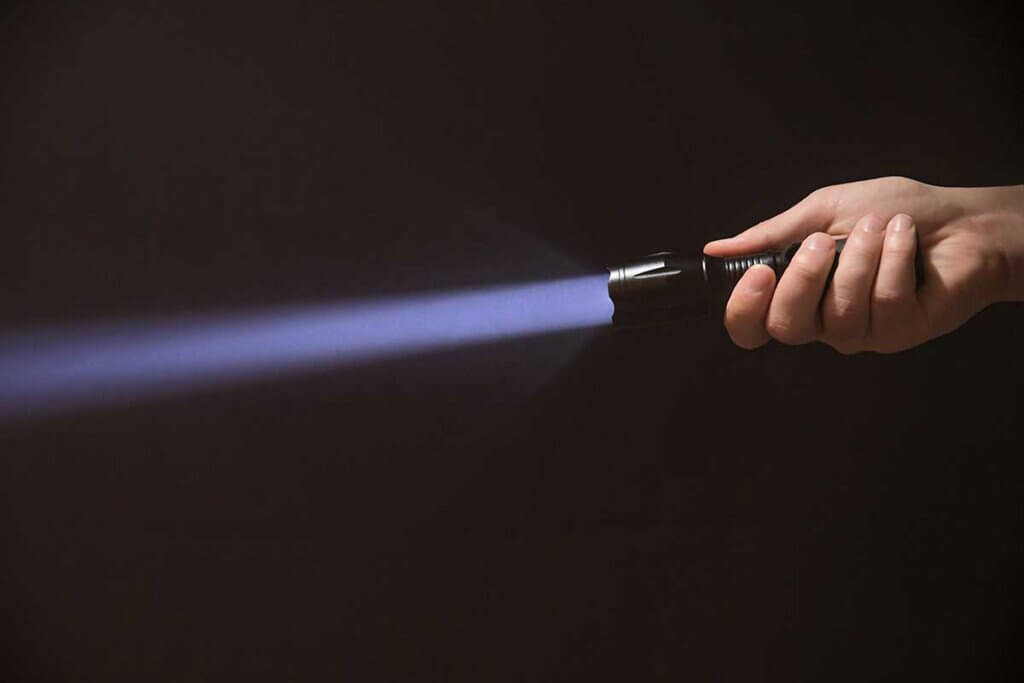
Cheaper, lower-quality torches, on the other hand, often have a frayed, fading light cone so that visibility becomes blurred, especially at the edges. Many torches offer the option of changing the light focus by pulling or turning the head, so that the beam can be as narrow or as wide as possible.
How can the brightness of LED torches be adjusted?
Many high-quality LED torches have several brightness levels to provide optimum support in different situations. While a weak cone of light is sufficient indoors, a broader floodlight is more suitable when walking at night – especially if the dog runs away from time to time. It is important that the brightness levels can be switched easily and comfortably – even with gloves. Easily accessible buttons on the housing are suitable for this. There are even models with stepless brightness selection. Some models use a slider, others can be adjusted by turning the head.
Housing material
The housing of LED torches is usually made of aluminium and protects the device from shocks and scratches. Due to the low material weight, LED torches are very comfortable and easy to carry. High-quality models that are also suitable for extended hiking and camping trips are often encased in a robust rubber that cushions even larger falls and is particularly non-slip in the hand.
Weight
On the one hand, the weight depends on whether it is a mini torch, a conventional LED torch or a stick torch. Secondly, it depends on whether the device is battery or rechargeable battery operated. Battery-powered devices are heavier than battery-powered ones. Because most torches are made of an aluminium housing, they are relatively light. There are hardly any models that weigh more than 2.0 kilograms. The smallest handbag torches weigh less than 100 grams. Stick torches, on the other hand, can be up to four times as long and weigh more than 1.5 kilograms. The heavier the torch, the more robust it is in most cases.
Battery
LED torches, just like conventional designs, are powered either by non-rechargeable batteries or rechargeable batteries. Battery-powered LED torches are often more expensive to buy than battery-powered versions. On the other hand, the follow-up costs are lower because the devices can be recharged and no replacement batteries have to be bought.
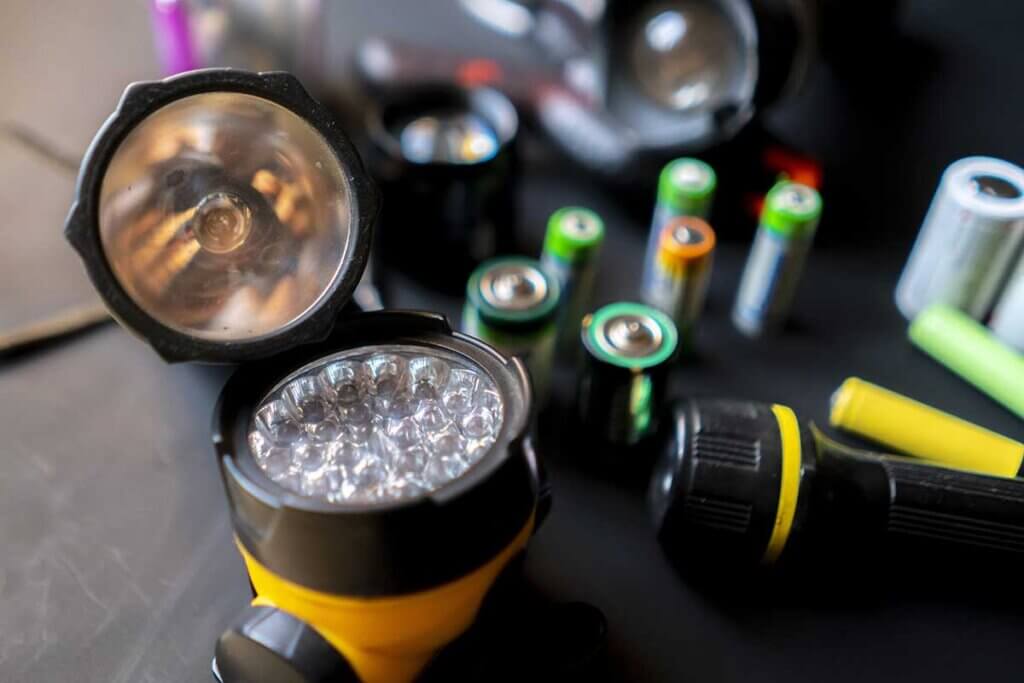
Especially on longer trips, it is a good idea to buy a spare battery – especially if there is no possibility of recharging the battery on the way. Of course, this assumes that the LED torch has a replaceable battery and not a permanently integrated one. Another advantage of battery-powered LED torches
The following applies to both battery-operated and rechargeable LED torches: If you are not going to use them for a longer period of time, you should remove the batteries and store them separately.
Protection
Especially for outdoor use, it is important to ensure that the LED torch is robust and protected against water. The manufacturers specify the corresponding protection classes:
IPX-4
Torches with this class are protected against splashing water, but are not waterproof. This protection class is sufficient if, for example, you are often outside in wet and humid weather.
IPX-6
Torches with this class offer stronger protection against water jets and are therefore suitable for camping or hiking trips. However, it does not provide one hundred percent protection against continuous rain.
IPX-8
Torches with this class are ideal for outdoor enthusiasts. They are waterproof up to a depth of two metres and even continuous rain cannot harm them.
Manufacturers often also specify the so-called impact resistance of the LED torches. This indicates how many metres the torch can withstand a fall without damage. A guide value here is one to three metres.
Practical extras and safety functions
Some manufacturers offer accessories for their LED torches – from fastening devices to attachments to a UV light – and various additional functions to increase safety.
Accessories
There are various ways of attaching the torch, such as using loops, holsters or clips to attach the torch to a belt, trousers, bag or rucksack. An appropriate fastening device is particularly useful for smaller models that are easily lost. LED torches that are also used as headlamps for jogging, cycling or mountaineering often come with a headband so that the hands remain free.

Some manufacturers also offer coloured attachments for their torches, for example to create a certain mood or to make the LED torch less blinding. Often, LED torches are so bright that shining them in the face should be avoided. If the full luminosity is not needed, a filter can be used to dim the light. There are even attachments with logos or patterns that are projected through the cone of light onto the street or house wall. These are also very easy to make yourself.
Besides these examples for normal household use, there are also models with very special colour modes or even UV light. LED torches with UV light are suitable, for example, for detecting stains on room walls. Torches used mainly for hunting often have a green or red light, which is less irritating to game. Blue light, on the other hand, can show traces of sweat or blood and is therefore mainly used by the police.
What additional functions are there?
Besides illuminating the path, there are a number of interesting features that increase the user’s safety. For example, an SOS function is practical for outdoor fans and adventure holidaymakers. If it is activated, the torch lights up three times briefly, three times long and again three times briefly – the well-known Morse code for the emergency signal. Due to their robust and heavy construction, torches are suitable for warding off danger anyway. Some torches also have nano-ceramics on the bezel, which means that even glass panes can be smashed without damaging the torch. Also useful in dangerous situations: the stroboscope mode, also called strobe. Here, fast, alternating flashes of light are generated to irritate and disorient potential attackers.

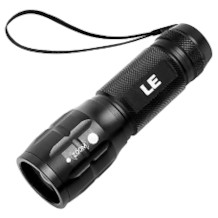
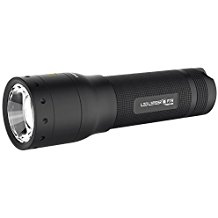
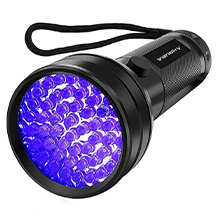
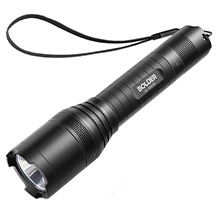
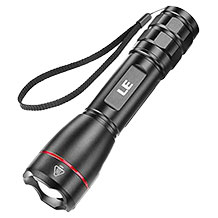
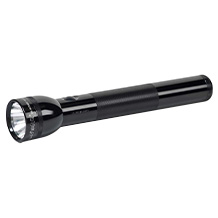

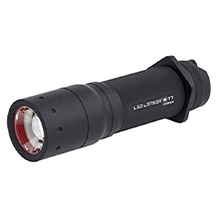
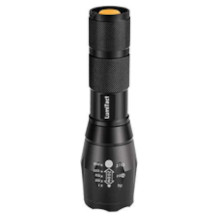
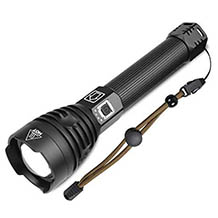
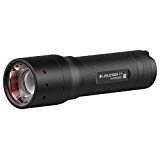

 2,271 reviews
2,271 reviews
